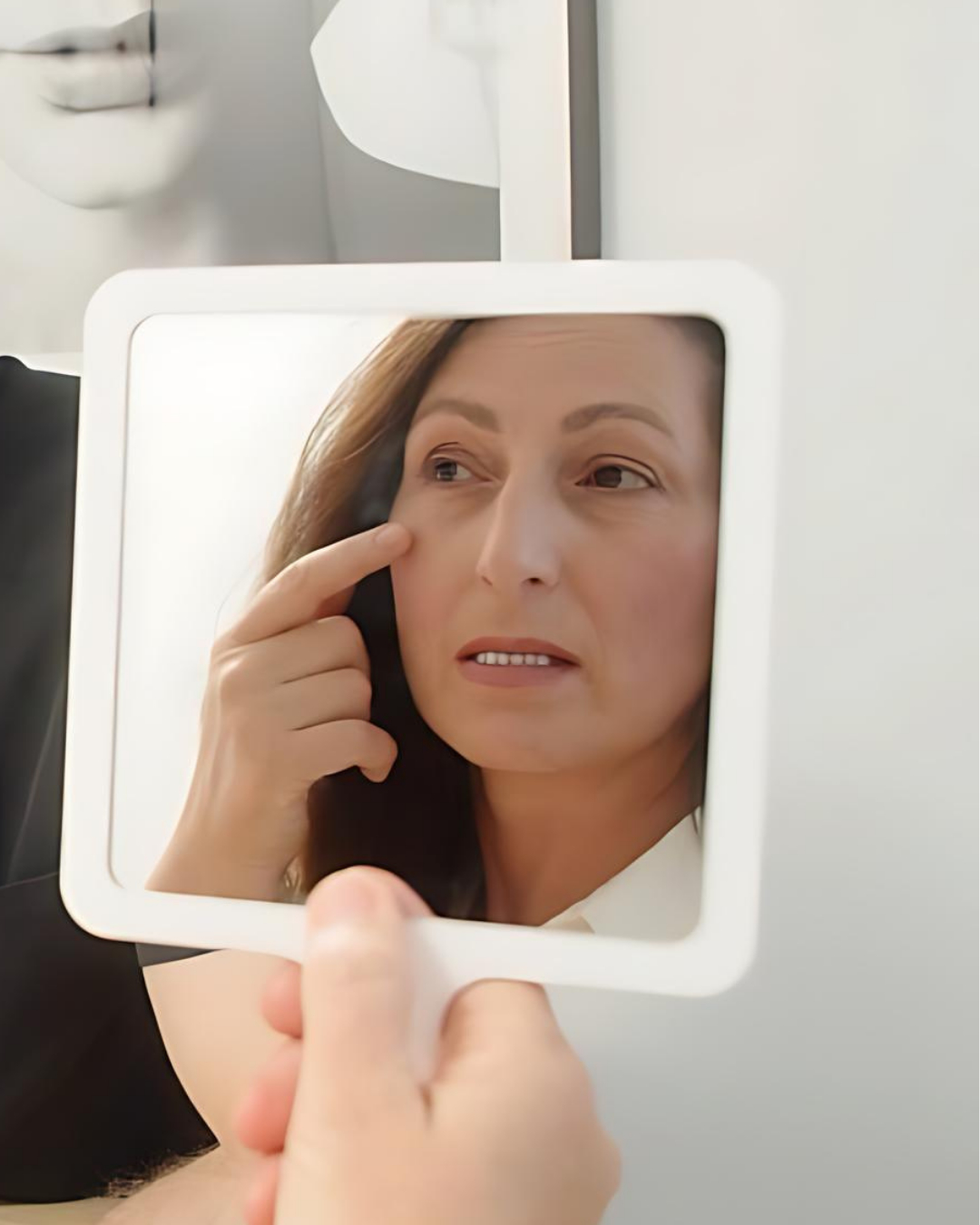Hyaluronidase is also known as ‘Hyalase’, ‘Hylenex’, and ‘filler dissolving’.
Hyaluronidase: The Key to Dissolving Fillers
Hyaluronidase is an enzyme that plays a crucial role in the breakdown of hyaluronic acid, a naturally occurring substance found in the human body. It is used in various medical procedures, including the dissolution of dermal fillers.
Understanding Hyaluronic Acid Fillers
Hyaluronic acid fillers are a popular cosmetic treatment used to enhance facial volume, smooth wrinkles, and improve overall skin appearance. These fillers are composed of hyaluronic acid, a naturally occurring substance that hydrates and plumps the skin.
The Role of Hyaluronidase
When a hyaluronic acid filler is injected into the skin, it temporarily adds volume and fullness. However, over time, the body’s natural enzymes can break down the filler material. If you’re dissatisfied with the results of a hyaluronic acid filler or wish to reverse the effects, hyaluronidase can be used to accelerate the dissolution process.
How Hyaluronidase Works
Hyaluronidase is injected directly into the area containing the hyaluronic acid filler. The enzyme works by breaking down the bonds between the hyaluronic acid molecules, causing the filler to dissolve more rapidly. This process allows the body to naturally absorb the filler material.
Benefits of Using Hyaluronidase
Reversal of unwanted results: If you’re unhappy with the results of a hyaluronic acid filler, hyaluronidase can be used to reverse the effects and restore your original facial appearance.
Correction of overcorrection: In cases where a filler has been over-injected, hyaluronidase can help to reduce the volume and create a more balanced appearance.
Treatment of complications: Hyaluronidase can be used to treat complications associated with hyaluronic acid fillers, such as nodules or lumps.
Quick and no downtime: Reversing filler with hyaluronidase takes just a few minutes, and you can resume most activity right after treatment.
The Hyaluronidase Procedure
The hyaluronidase procedure is performed in a doctor’s office and takes only a few minutes. After numbing the treatment area, the hyaluronidase is injected directly into the area containing the hyaluronic acid filler. You may experience some discomfort during the injection, but it is generally well-tolerated.
Recovery and Results
After the hyaluronidase procedure, you may experience some swelling or bruising at the injection site. These effects usually subside within a few days. The dissolution of the hyaluronic acid filler is usually instant. The exact timeline will depend on the amount of filler and the amount of dissolver injected.
Important Considerations
Consultation with a qualified provider: It is crucial to consult with a qualified medical professional to determine if hyaluronidase is the right treatment for you.
Risks and side effects: As with any medical procedure, there are potential risks and side effects associated with hyaluronidase. These may include allergic reactions and infection.
Cost: The cost of hyaluronidase treatment can vary depending on the amount of filler to be dissolved and the provider’s fees.
In conclusion, hyaluronidase is a valuable tool for dissolving hyaluronic acid fillers and reversing unwanted results. If you’re considering this procedure, it’s essential to consult with a qualified medical professional to discuss your options and ensure that it’s the right choice for you.


